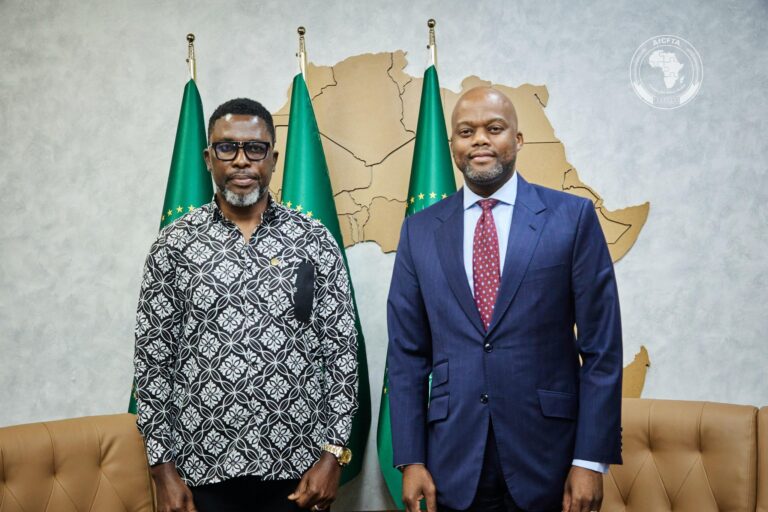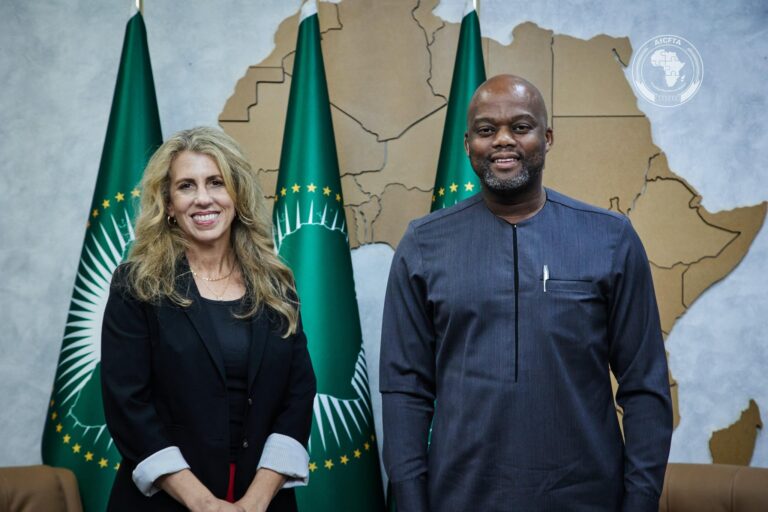Owing to the poor state of road, rail network and fragmented transportation infrastructure across Africa, travelling by air stands out as a quick alternative and efficient means of connectivity.
Unfortunately, Africa’s air services are poorly connected, often necessitating multi-day journeys or flights via other continents to reach destinations within Africa. To address the bottlenecks, the African Union (AU) launched the Single African Air Transport Market (SAATM) in 2018 towards creating a single Africa’s air transport market that promotes economic integration and air connectivity. Sadly, its slow implementation stifles liberalisation of air transport markets in Africa. Only 34 out of 54 African countries have signed up to the SAATM.
SAATM and AfCFTA are growth drivers, with liberalised air transport playing a pivotal role in paving the way for African airlines to operate scheduled flights with ease within the continent. AfCFTA could boost air cargo from 2.3 to 4.5 million tonnes, with the AfCFTA requiring 254 aircraft by 2030. SAATM and AfCFTA are interlinked, with SAATM boosting intra-African airline connectivity, while AfCFTA enhances regional integration, trade, resource, capital, and passengers within Africa. An open passenger travel will enhance AfCFTA implementation.
Africa has the lowest air connectivity across the world. Among the 1,431 pairs of African Union countries, just 19% had significant direct service (at least once a week annually). Out of these, 35% had daily or more frequent service, while only 13% had service twice daily or more.
The Yamoussoukro Decision was adopted in 1999 to rule out stringent regulatory restrictions within Bilateral Air Service Agreements (BASAs) among African countries which are detrimental to intra-African connectivity and the development of the African aviation sector. SAATM evolved from the Yamoussoukro Decision thereby eliminating BASAs.
In most African nations, African airlines encounter hurdles like restrictive agreements, high taxes, expensive fuel and visa restrictions which limit growth and profitability. Some African countries that have endorsed the SAATM treaty haven’t adhered completely to its regulations, resorting to high landing fees and other charges to discourage other African airlines from operating within their airspace. This isn’t unconnected to the high flight tariffs in Africa.
Abuja airport followed by Lagos airport are adjudged as the most expensive airports in Africa, their exorbitant charges are impediments to Nigerian airlines competitiveness globally. 32 out of 53 African airports impose fees exceeding $50 per traveller, and 10 airports charge above $100. In comparison, European passengers are billed an average of $30.23, and in the Middle East, the average is $29.65.
West African return tickets remain excessively expensive compared to Europe where 100 euros can cover travels. Air travel in Africa is costly, time-consuming with long stopovers, and hampers socioeconomic growth.
For instance, travelling from Accra to Brazzaville, Congo, often involves multiple stops, such as going through Ethiopia and then Rwanda or Uganda, even worse, they transit through Europe or the Middle East at times. The journey from Accra to Brazzaville, covering just 200km, takes more than 24 hours. In contrast, a traveller heading from Accra to Johannesburg, over 4000 km away, arrives hours earlier.
The budding African aviation market, when fully liberalised, has immense potential for growth and robust competition with other regions. A research involving 12 African countries revealed that SAATM will unlock their markets, generate an additional 155,000 jobs, boost their annual GDP by $1.3 billion and enhance connectivity. SAATM will provide a level playing field with unified regulations governing air carriers’ tariffs, capacity, and frequencies.
Currently, Africa with a population of over 1.2 billion contributes less than 4% to global air traffic. A fully operational African air transport market will increase Africa’s traffic to more than 10%. SAATM is expected to reduce passenger travel and waiting times by more than 20% thereby stimulating airline competition, opening up more direct flights, lower fares, and bolstering Africa’s tourism sector.
Africa is conspicuously missing out in the African air market. African airlines account for under 20% market share within Africa, with the rest dominated by non-African carriers, fuelling concerns that substantial gains resulting from SAATM will accrue to non-African companies and airlines. Increased competition will rejig African air transport and foster improved services by African airlines. It is imperative to increase the number of African-owned airlines and massive upgrade of aviation infrastructures across Africa – in order to accommodate the anticipated aviation markets.
The success of SAATM lies with the government of each signatory State, airline operators and stakeholders. Strong political will is needed to address restrictive visa and customs issues. Visas on arrival or a single visa for all African states is a critical complement to SAATM thereby reducing visa bottlenecks and easing travel within Africa. The African Union and governments should hasten the implementation of SAATM.
Source: Business Day, Nigeria


